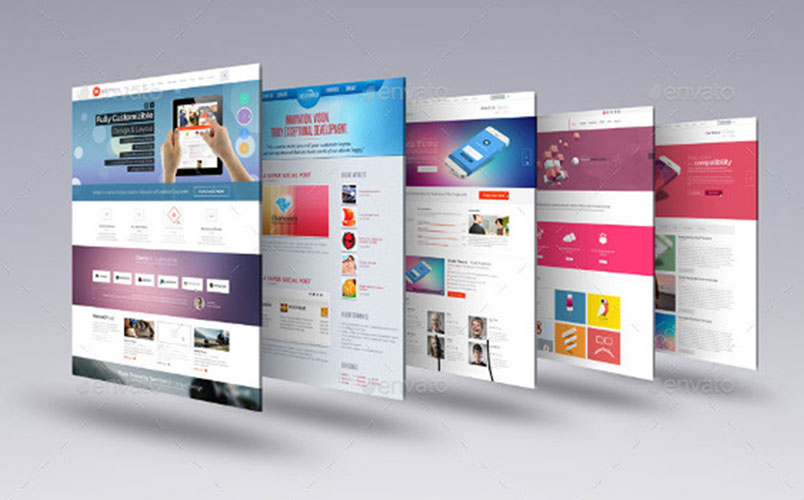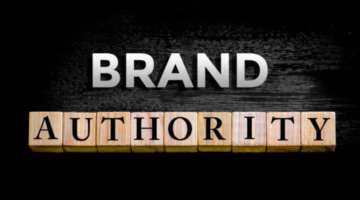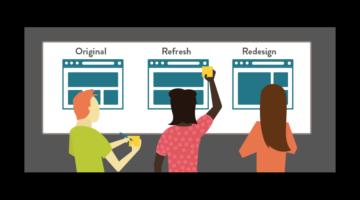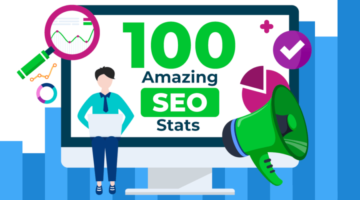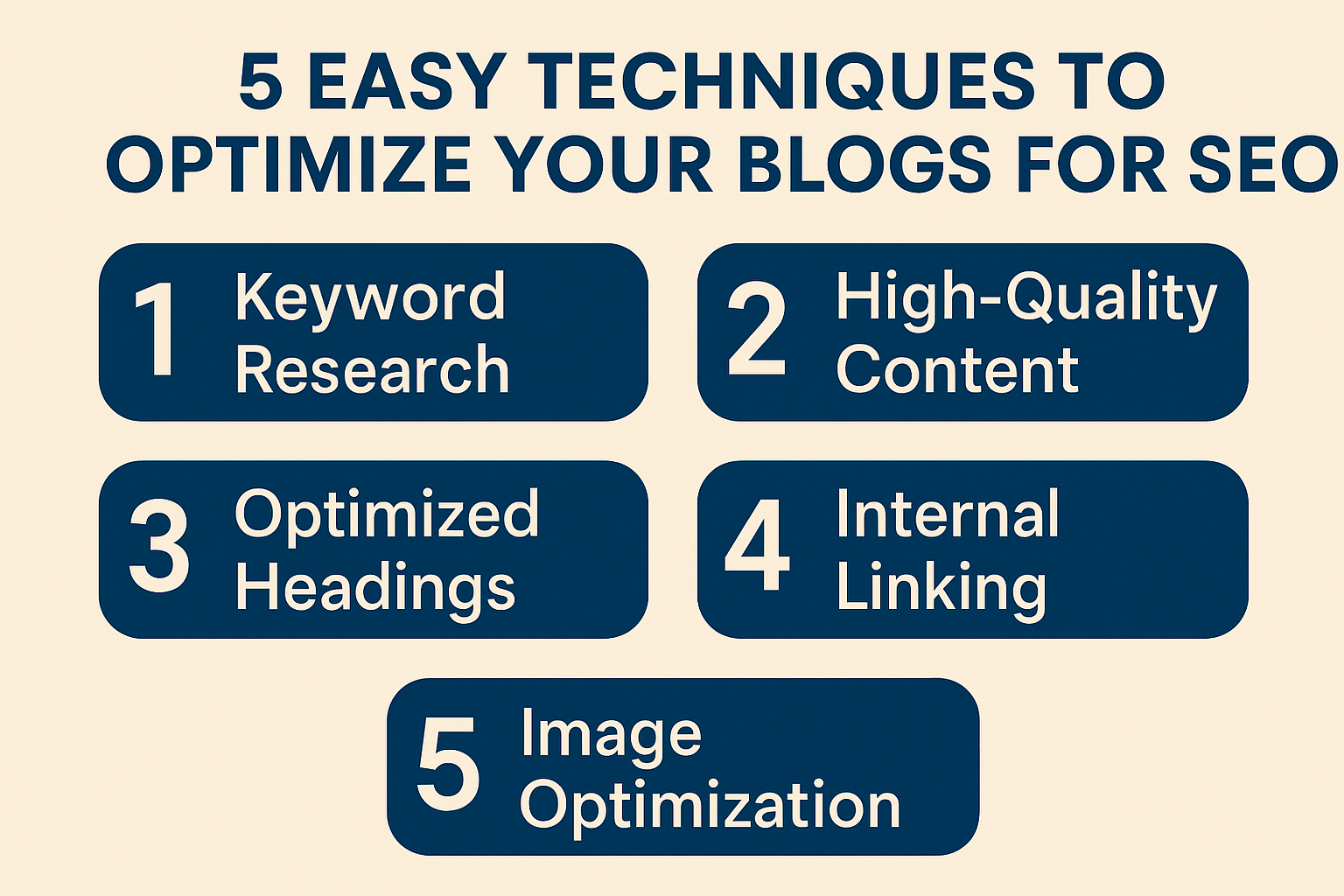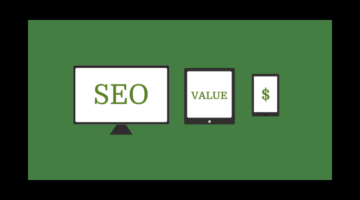Build a Powerful Online Presence with WordPress Web Design
Build a Powerful Online Presence with WordPress Web Design
In today’s digital marketplace, your website isn’t just a placeholder—it’s the central hub of your brand, your offers, your credibility, and ultimately your conversions. If you’re ready to build or upgrade your website to reflect your business better and generate real results, choosing the right platform and partner matters.
At OHS Publishing, we specialise in high‑performance WordPress websites (with optional eCommerce via WooCommerce) that look beautiful and function powerfully. In this article, we’ll explore why WordPress is the ideal platform, how to decide whether you need a simple site or a full WooCommerce store, what features you should include, how to build a site poised for SEO success, and how to pick the right web design partner.
Why WordPress Web Design? The Platform Advantage
When it comes to selecting a content‑management system (CMS) for your website, WordPress stands out—and for very good reasons. According to recent data, WordPress powers over 40% of all websites online. OHS Publishing Here’s why that matters for you:
-
Easy to update (no tech skills required): Once your site is built, WordPress gives you a user‑friendly dashboard so you can add pages, blog posts, images, or update copy without calling a developer.
-
Fully customisable to match your brand: From custom themes to tailored layouts, WordPress lets you create a unique look and feel that reflects your business identity, instead of being stuck with generic “template” delivery.
-
SEO‑friendly and Google‑ready: WordPress comes with strong structural foundations for SEO—permalinks, schema support, mobile‑responsive themes—making it easier to rank in search engines.
-
Scalable for future growth: Whether you’re a service‑based business now and plan to add products or subscriptions later, WordPress gives you the flexibility to scale.
-
Ideal for blogs, service pages, and eCommerce: Whether you’re showcasing your portfolio, offering service appointments, or selling online products, WordPress handles all those scenarios.
So if you want a website building block that gives you control, flexibility, and a platform that won’t hold back your growth, WordPress is a wise choice.
WordPress Web Design (Without WooCommerce) – Ideal for Service Businesses, Portfolios & Content
If your business is primarily service‑based—think agencies, consultants, coaches, local brick‑and‑mortar shops, personal brands—or you want a content‑rich site (blog, portfolio, podcast), then a non‑eCommerce WordPress site may be exactly what you need.
Best suited for:
-
Service providers (agencies, contractors, legal, healthcare) OHS Publishing
-
Personal brands & coaches.
-
Portfolio websites (photographers, designers, creatives)
-
Blogs, podcasts & content platforms
-
Local businesses building credibility & booking inquiries.
What’s typically included:
-
Custom, branded WordPress design tailored to your look and messaging.
-
Key pages (Services, About, Contact, Blog) are structured for lead generation.
-
Lead‑generation forms for contact, quotes, or booking.
-
Mobile‑first, responsive layouts that give a seamless experience across devices.
-
SEO‑ready structure: properly built layout, metadata, alt tags, schema.
-
Easy dashboard so you can manage content without needing a developer every time.
This kind of setup enables you to build brand authority, capture leads, and deliver content—all while maintaining complete control and staying cost‑efficient.
WordPress + WooCommerce – Sell Online with a Powerful eCommerce Store
If you’re selling products (physical or digital), subscriptions, event tickets, or want to develop a sophisticated online storefront, integrating WooCommerce with WordPress allows you to do just that.
Best suited for:
-
eCommerce boutiques & product brands
-
Event ticket sales
-
Subscription boxes and recurring‑revenue models
-
Digital downloads: courses, PDFs, memberships
-
Local retailers need curbside pickup or delivery options.
WooCommerce features typically include:
-
Full product catalog setup with categories, filters, and variants.
-
Secure checkout and payment gateways (Stripe, PayPal, Apple Pay, etc.).
-
Inventory and order management so you keep tabs on stock and fulfillment.
-
Sales badges, coupons, and discounts for a promotional strategy. OHS Publishing
-
Shipping and tax automation to help with logistics.
-
Cart‑abandonment recovery options (an optional add‑on) to recoup lost sales.
By combining WordPress with WooCommerce, you’re essentially leveraging the world’s most trusted CMS with the most flexible eCommerce plugin—giving you an online store built for scale and control.
SEO Optimization Included With Every WordPress Site
Building a fantastic website is only half the battle. If no one can find it, it’s like having a beautiful storefront hidden in a back alley. That’s why SEO must be baked in from day one.
Here’s how an SEO‑ready WordPress site should be structured:
-
Keyword‑optimized site structure: Your pages should be logically organised around the services/products you offer, using keywords your audience actually searches for. OHS Publishing
-
SEO titles, meta descriptions & alt tags: Each page/image must have metadata that search engines use to understand context and index your site correctly.
-
Mobile‑first performance & page speed optimization: With most traffic now mobile, load times and responsive design are no longer optional. Google uses mobile usability and speed as ranking signals.
-
Local SEO setup: If you’re a local business, you need to be visible in “near me” queries, have a correctly optimised Google Business Profile, and be referenced in local directories.
-
Optional blog content strategy for traffic growth: Content is still king. Blogging enables you to target informational keywords (how‑to, questions, tips) and build authority over time.
When your WordPress site is built with these SEO fundamentals, it’s not just pretty—it’s functional and discoverable.
How to Choose the Right WordPress Web Design Partner
If you’re going to invest in a custom website, picking the right partner is key. Here are factors to consider and questions you should ask—and how OHS Publishing stacks up.
1. Industry experience
Have they built websites in your niche (service, eCommerce, local business)? A partner with relevant experience understands your challenges and audience. OHS Publishing highlights strong expertise in WordPress and WooCommerce.
2. Custom designs vs templates
Will they build a custom design or use a generic template with your logo? Custom design helps you stand out and reflect your brand’s personality. OHS emphasises “no cookie‑cutter templates”.
3. SEO‑driven approach
Great design is wasted without traffic. Ask about their process for SEO—keyword research, site speed optimisation, schema markup, and mobile readiness. OHS notes that their approach is SEO‑driven.
4. Training & support
Once your site is live, you’ll need to manage content, update images, and change copy. Will your partner provide training or ongoing support? OHS highlights that they offer training to help you manage your site with confidence.
5. Security & maintenance
WordPress offers flexibility, but that also means ongoing maintenance is essential for security, plugin updates, and backups. Could you ask about support options for maintenance and updates? OHS lists continuing maintenance and marketing support available.
6. Clear deliverables & timeline
Ensure you have a clear breakdown of what you’ll get—number of pages, eCommerce features, mobile responsiveness, SEO setup, content migration, etc. Also, check the timeline and cost structure.
By vetting potential partners against these criteria, you’ll find one that aligns with your goals and gives you peace of mind.
Designing for Conversion: From Visitor to Customer
Having traffic is excellent—but conversions are better. Your WordPress website must not just attract visitors, it must turn them into leads and customers. Here are design‑and‑strategy elements to include:
First impression
Your homepage needs to clearly communicate who you are, what you do, and how you help your target audience. Use a crisp headline, supporting sub‑text, authentic imagery or graphics, and a clear primary call‑to‑action (CTA).
Clear navigation
Visitors should easily find key content: Services/Products, About page, Contact/Booking, Blog (if you have one). A logical menu, breadcrumbs, and footer links—all help with usability and SEO.
Showcase expertise or results
Whether service‑based or eCommerce, visitors need to feel confident in your offering. Include testimonials, before/after photos, case studies, portfolio items, and product demos. These build trust.
Strong CTA
Prominent “Get a Quote”, “Book Now”, “Shop Now”, and “Learn More” buttons help guide visitors to actions. Placement matters—above the fold, in the flow of the page, at the end of content.
Mobile‑first experience & speed
Many users browse on mobile. Please make sure your WordPress design is responsive and fast. Performance issues drive visitors away and hurt SEO rankings.
Retention and recurring value
Think beyond the first action. Maybe it’s blog content that brings them back, an email capture for newsletters, membership or subscription options, or future sales from your eCommerce store. These amplify lifetime value.
By aligning your WordPress web design with a conversion‑oriented strategy, your website becomes a revenue‑driving asset—not just a brochure.
Common Pitfalls to Avoid When Building Your WordPress Site
To help you steer clear of mistakes, here are issues we frequently see (and help clients avoid):
-
Generic templates without brand customisation: Your site winds up looking like every other business. You’ll lose differentiation.
-
Focusing solely on design aesthetic and ignoring performance or mobile usability: A beautiful site that loads slowly or is hard to navigate on mobile won’t get results.
-
Neglecting SEO from the start: If your site has no SEO foundation, you’ll struggle to rank and get traffic regardless of how good it looks.
-
No clear CTA or user path: Visitors land, get confused, and leave. If there’s no easy path to take action, you lose conversions.
-
Skipping blog/content strategy: For many businesses, the blog is the growth engine. Without it, you miss out on traffic, authority, and engagement.
-
Ignoring maintenance & security: Outdated plugins, slow updates, no backups = risk. You can choose a partner who takes ongoing maintenance seriously.
By being aware of these pitfalls, you’ll avoid costly redesigns or missed opportunities—and start with confidence.
Getting Started: What the WordPress Web Design Process Looks Like
Here’s a typical process you can expect when engaging with a professional WordPress web design team (like OHS Publishing). Knowing the steps gets you aligned from day 1.
1. Discovery & Strategy
You’ll kick off with a conversation: What are your business goals? Who’s your ideal customer? What services/products do you offer? What is your brand style and messaging? What features do you need (blog, booking, store)? This stage sets the roadmap.
2. Design Concept
A mood board or mock‑up is created to define the brand’s styling: colour palette, typography, imagery, and layout. You review and approve. This ensures the website will reflect your brand identity.
3. Content Planning
Map out site architecture—Home, About, Services, Blog, Contact, Store. Determine what copy, images, and assets are needed. Keyword research may happen in tandem (especially for SEO‑driven sites).
4. Development & Build
WordPress theme is selected (or built custom), the layout is coded or configured, and plugins are installed (for SEO, security, performance, and eCommerce, if needed). Integrations like payment gateways, booking forms, and blog setup are added.
5. SEO Setup
Proper metadata, alt tags, keyword‑rich content, site speed optimisation, mobile responsiveness, schema markup, and local SEO (for local businesses). Analytics and tracking are also set up.
6. Testing & Launch
The site is tested across browsers and devices. Links, forms, checkout flow (if eCommerce), mobile usability, speed, and performance are verified. Once ready, the site goes live.
7. Maintenance & Growth
Post‑launch support includes training to help you manage content, plus options for ongoing maintenance, security updates, content strategy (blog), and conversion optimisation over time.
By following a well‑defined process, you’ll launch a site that’s not just live, but ready to deliver.
Real‑World Benefits for Your Business
When your website is well‑built on WordPress, with design, functionality, and SEO aligned, here’s what you can realistically expect:
-
More traffic from target keywords as your site gains visibility in search engines, thanks to SEO foundations.
-
Improved conversion rates because the user journey—from arrival to action—is optimised.
-
Better brand credibility and trust from professional design, site speed, responsive experience, and clear messaging.
-
Scalable growth options—e.g., you can begin selling products, rolling out memberships, adding blog content, expanding locations—all within the same WordPress ecosystem.
-
Lower maintenance costs compared to constantly rebuilding or switching platforms—once built, you maintain instead of reinventing.
-
More substantial ROI—your website becomes a tool for lead generation, sales, and long‑term brand building, not just an expense.
When you treat your website as a strategic business asset (not just an overhead), you’ll start to see real results.
Final Thoughts – Build a Website That Delivers
If you’re ready to upgrade your online presence, the combination of WordPress web design + SEO‑driven strategy is a winning formula. Whether you’re a service business, personal brand, agency, or eCommerce retailer, WordPress provides the foundation—and with the right partner, you can turn that into a high‑performing asset.
At OHS Publishing, we pride ourselves on delivering custom WordPress websites (and WooCommerce stores) that meet design standards and business goals. We build with purpose: clarity of messaging, user experience, lead conversion, and SEO baked in.
If you’re ready to launch a WordPress site that works for you—invests in your growth, attracts your ideal clients/customers, and scales over time—let’s talk. Get your quote, map your strategy, and build a site that reflects the quality of your brand and the results you deliver.


